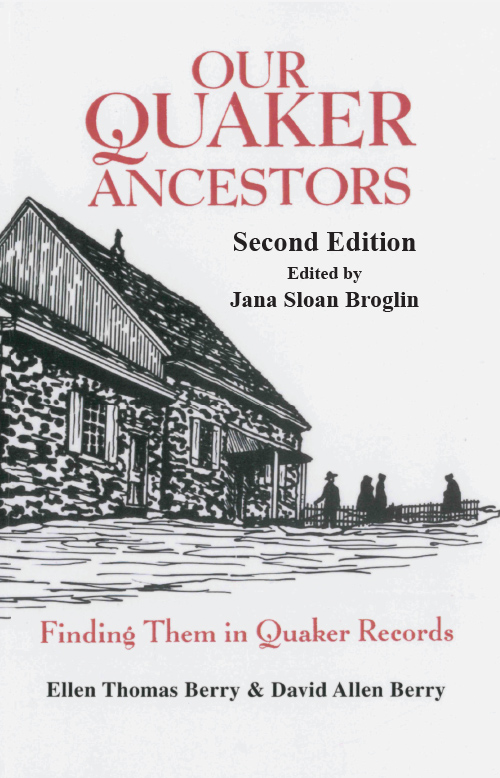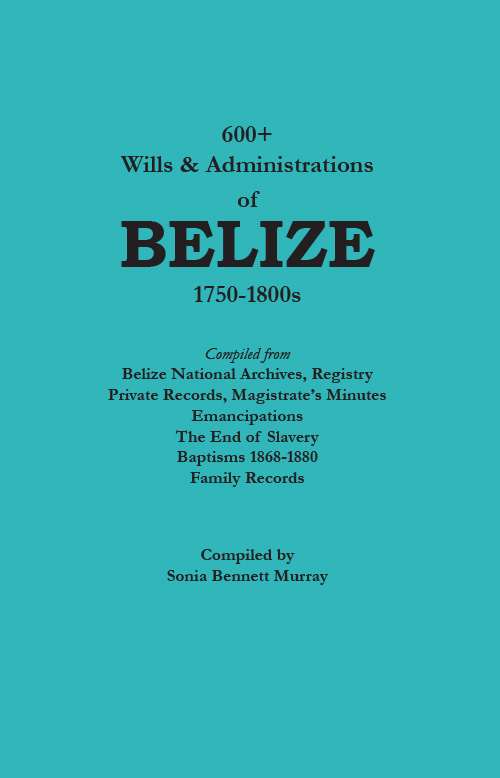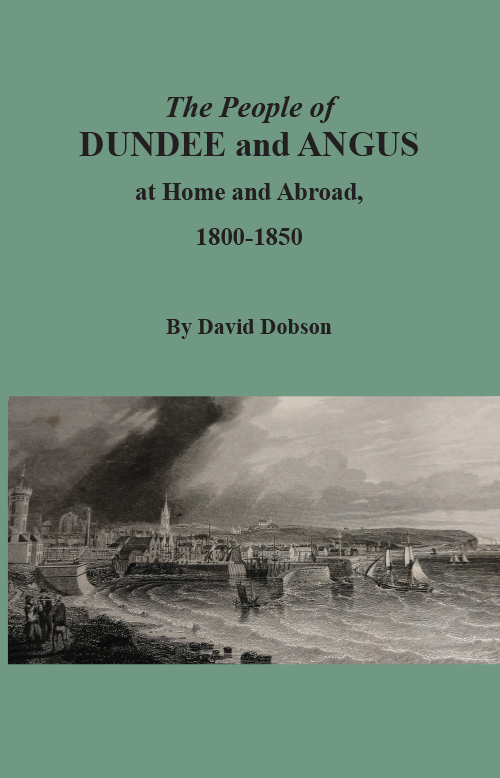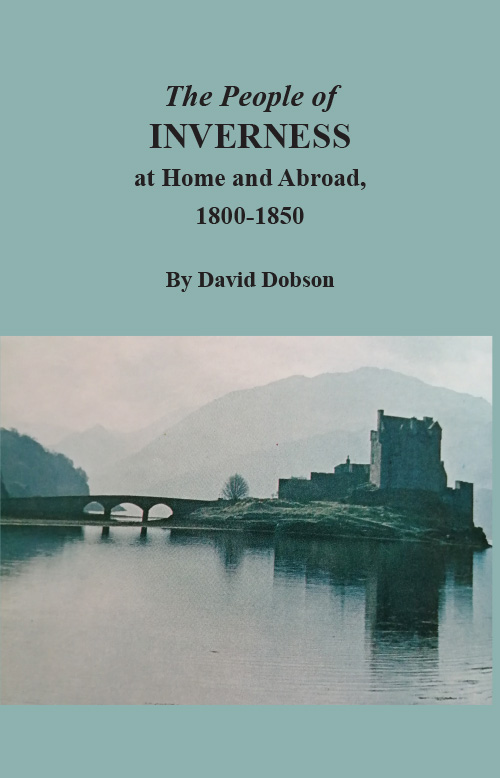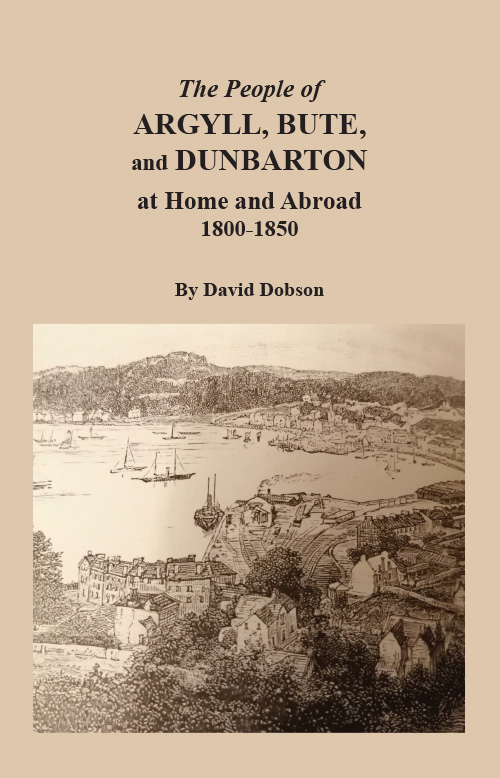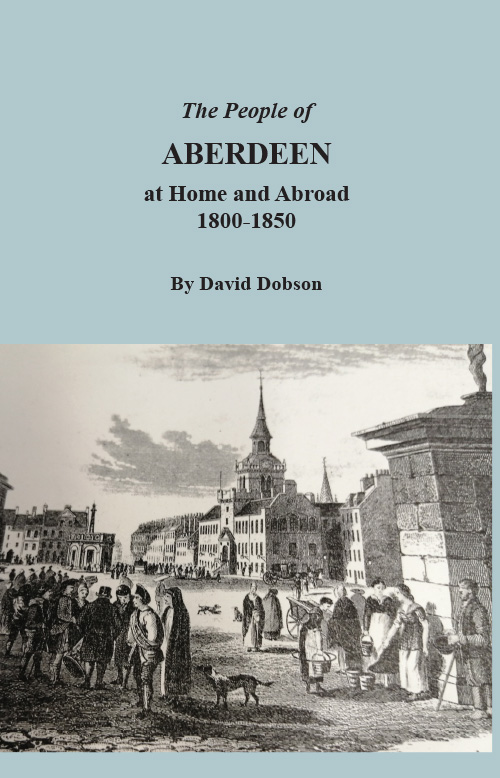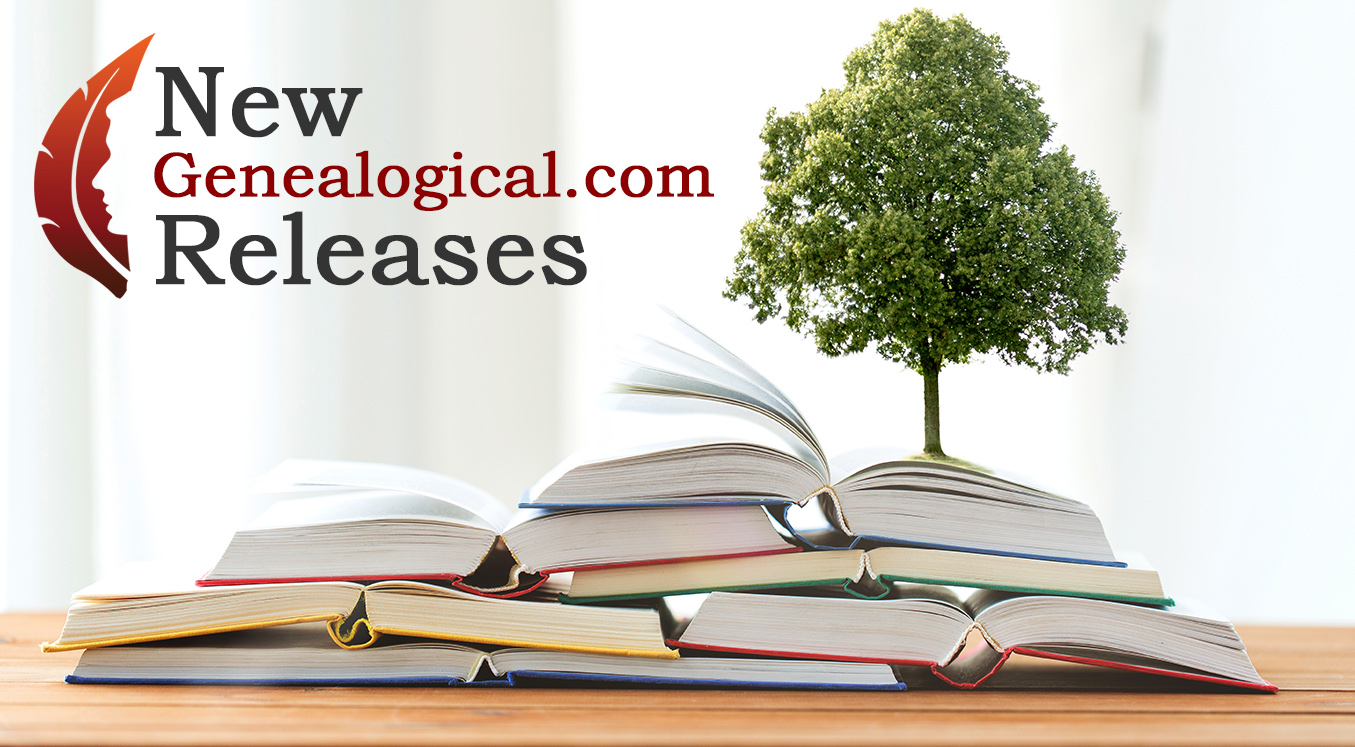
New Releases Include New Edition of Quaker Genealogy Guidebook
Originally published in 1987, Our Quaker Ancestors: Finding Them in Quaker Records, by Ellen and Thomas Berry, has served as the standard guidebook for persons with Quaker ancestors. Our Quaker Ancestors provides a comprehensive introduction to the rich yet sometimes confusing body of records, repositories, and publications devoted to the Society of Friends. We are happy to report that thanks to the efforts of editor Jana Sloan Broglin, we now have a second edition of Our Quaker Ancestors that incorporates new information about Quaker records and updates the book for the digital age.
Also available is the fourth volume of source materials pertaining to the nation of Belize (formerly British Honduras), compiled by Sonia B. Murray. Mrs. Murray’s latest book consist primarily of wills and testamentary records from the mid-18th through the 19th-century.
Finally, Dr. David Dobson, has favored us with four new collections of Scottish people source material. Variously covering Dundee and Angus, Inverness, Aberdeen, and , Argyll-Bute-Dumbarton, each of the new books identifies Scottish between 1800 and 1850.
For more details about all our new summer releases, please continue reading below.
OUR QUAKER ANCESTORS: Finding Them in Quaker Records. Second Edition
This guidebook describes the types of Quaker records that are available, the locations of the records, and the proper use of those records. It guides the researcher through the pyramidal “meeting” structure to the records of birth, marriage, death, disownment, and removal. The work begins with a history of the Religious Society of Friends’ movement and a discussion of its organization and structure, particularly as it affects genealogical research. Later chapters describe Quaker migrations to and within America, the special types of records available for research, and reliable methods for locating and using those records. The Appendices include a bibliography, maps of selected meeting locations, and a glossary of terms peculiar to the Religious Society of Friends.
This second edition is a welcome update to this valuable resource. While the background, organization, migration patterns, meeting records, and the methodological problems associated with the history and records of the Religious Society of Friends remain the same, since the book’s first publication in 1986 the digitization of records and the advent of the Internet have made Quaker resources far more widely available. Many Quaker organizations have a current website that lists their holdings, contact information, and a new chapter devoted to websites, as well as a new bibliography of online resources. View Book Details
600+ WILLS AND ADMINISTRATIONS OF BELIZE, 1750-1800s. Private Records, Magistrate’s Minutes, Emancipations, the End of Slavery, Baptisms 1868-1880, and Family Records
Mrs. Murray has compiled her latest collection of over 600 wills of Belize testators from various locations in that Caribbean country and abroad. (Belize’s population for this period was a mixture of Native American, African, Spanish, Scottish, English, and Irish, as well as a smattering of American Loyalists.) Part One of this new book includes transcriptions of several hundred wills proved at the Prerogative Court of Canterbury and pertaining to Belize residents who owned property there and elsewhere in the British Empire. Part Two features wills found at the Belize National Archives. Next comes wills and estates recorded at the Registry Office in Belize City, including those of merchants, shopkeepers, woodcutters, tradesmen and their ladies—in many respects the ancestors of modern-day Belize. Still other records include Private Records of Belize, three books of typed copies of 18th– and 19th-century records that are among the earliest made on the Mosquito Shore, and Belize Magistrate’s Minutes, handwritten copies of original wills from the late 18th-century. View Book Details
THE PEOPLE OF DUNDEE AND ANGUS, 1800-1850
This book identifies residents in the adjacent counties of Dundee and Angus, as well as emigrants from there, between 1800 and 1850. Dundee and Angus now form distinct Scottish administrative units but were formerly a single district known as Forfarshire. The information is derived from a wide range of sources such as court records, contemporary newspapers and journals, monumental inscriptions, and documents found in archives. The entries bring together emigrants, their destinations– especially in North America, the West Indies, and Australasia– with their kin who remained in Scotland, and provide the resident’s name, specific location, a date, and the source. In many cases the abstracts also identifies the names of kin, occupations, and other pertinent facts. View Book Details
THE PEOPLE OF INVERNESS AT HOME AND ABROAD, 1800-1850
The book contains references to people from Inverness-shire, at home and abroad, between 1800 and 1850. Inverness-shire itself was, and continues to be a bastion of Gaeldom, and the home of several important clans, such as the McKenzies, the Frasers, the Grants, the McIntoshes, the McPhersons, the McGillivrays, the McBeans, the McQueens, the Davidsons, the Camerons, and other members of Clan Chattan. The burgh of Inverness was the administrative and commercial centre for the county of Inverness-shire; it was, and is, a major route centre for road and rail traffic. Among the many sources consulted, the Statistical Report of Scotland, compiled between 1791 and 1799; the New Statistical Report, researched between 1832 and 1845; and the publications of the Gaelic Society of Inverness deserve special mention. View Book Details
THE PEOPLE OF ARGYLL, BUTE, AND DUNBARTON AT HOME AND ABROAD, 1800-1850
This book contains references to people of the counties of Argyll, Bute, and Dunbarton, at home and abroad, between 1800 and 1850. These counties lie roughly north-west of Glasgow from the Firth of Clyde to the Firth of Lorne, together with Mull and some smaller islands. The major families or clans found in this region were the Campbells, McDonalds, McLeans, MacAulays, Galbraiths, McLachlans, Malcolms, McMillans, McEwans, McDougalls, McQuarries, McKinnons, McGregors, McIntyres, McFarlanes, Colquhouns, Lamonts, and Buchanans. Most of the people identified here were recorded in contemporary sources, such as court records, newspapers, journals, and monumental inscriptions. Most entries bring together emigrants, their places of origin and destination, especially in North America and Australasia, with their kin who remained in Scotland. View Book Details
THE PEOPLE OF ABERDEEN AT HOME AND ABROAD, 1800-1850
From the medieval period until the Victorian era, Aberdeen was comprised of two separate burghs, Old Aberdeen and New Aberdeen. Old Aberdeen was centred on St Machar’s Cathedral when King David I established a new bishopric there around 1125. New Aberdeen, a burgh since 1214, was an important regional market town and port, exporting locally produced wool, woolfells, hides and fish, and importing flax, timber, iron, grain, wine, spices, and luxury goods. The two burghs in Aberdeen each had their own burgh council, burgess roll, court, college and other institutions that maintained their own records–some of which have been published by the Spalding Club in Aberdeen. The two burghs merged in the mid nineteenth century to establish a unified city
The entries in this volume bring together emigrants, their destinations, especially in North America, the West Indies, and Australasia, with their kin who remained in Scotland. The information is derived from a wide range of sources such as court records, contemporary newspapers and journals, monumental inscriptions, and documents found in archives. View Book Details
Recent Blog Posts


